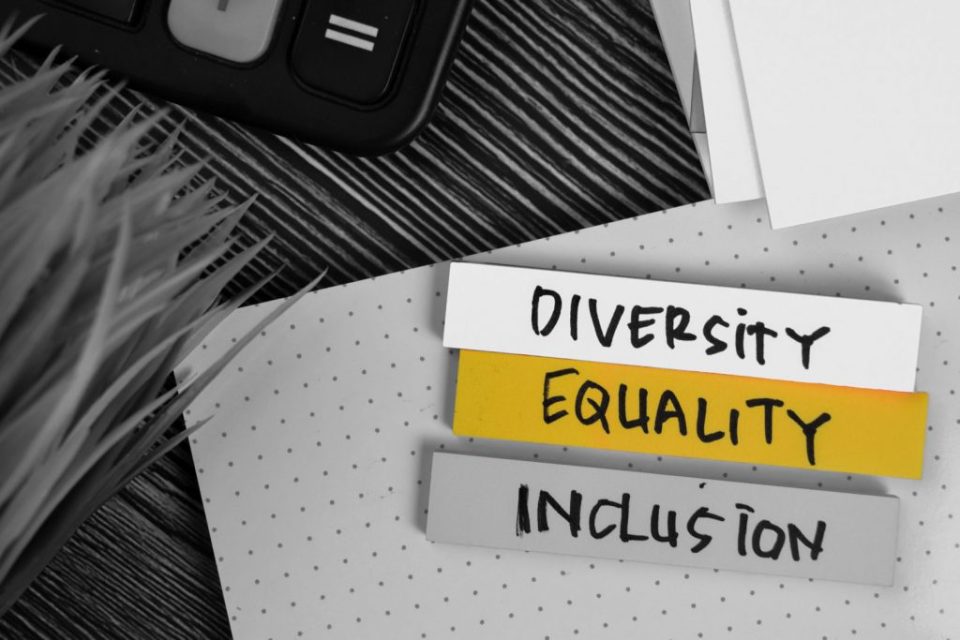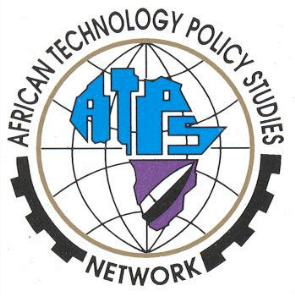Gender Equality, Diversity, and Inclusion: Key Drivers for Successful Project Implementation and Impact in Africa
Gender equality, diversity, and inclusion (GEDI) are not just moral imperatives; they are strategic necessities for achieving sustainable development and maximizing the impact of projects, particularly in Africa. As the continent continues to grapple with challenges such as poverty, inequality, and climate change, integrating GEDI principles into project design and implementation has become critical to ensuring that no one is left behind. This article explores why GEDI matters, how it can be effectively implemented in projects, and the transformative impact it can have on communities across Africa.

Why Gender Equality, Diversity, and Inclusion Matter in Africa
Africa is a continent of immense diversity, with over 1.4 billion people representing a rich tapestry of cultures, languages, and traditions. However, this diversity is often accompanied by deep-rooted inequalities, particularly along gender, ethnic, and socioeconomic lines. Women, youth, persons with disabilities, and marginalized groups frequently face systemic barriers that limit their access to resources, opportunities, and decision-making processes.
When projects fail to address these inequalities, they risk perpetuating exclusion and undermining their own effectiveness. For example:
Gender Inequality: Women make up 50% of Africa’s population but are often excluded from economic opportunities, education, and leadership roles. According to the World Bank, closing the gender gap in Africa could add $316 billion to the continent’s GDP by 2025.
Exclusion of Marginalized Groups: Indigenous communities, persons with disabilities, and ethnic minorities are often overlooked in development initiatives, leading to unequal outcomes and missed opportunities for innovation.
Youth Underrepresentation: Africa has the youngest population in the world, with 70% of its people under the age of 30. Yet, youth are frequently excluded from decision-making processes, limiting their ability to contribute to solutions that affect their future.
By prioritizing GEDI, projects can unlock the full potential of Africa’s diverse population, ensuring that everyone has a seat at the table and a chance to benefit from development initiatives.
The Business Case for GEDI in Project Implementation
Beyond the moral and ethical arguments, there is a strong business case for integrating GEDI into projects. Research consistently shows that diverse and inclusive teams are more innovative, productive, and effective at solving complex problems. Here’s how GEDI drives project success:
- Enhanced Innovation and Creativity:
Diverse teams bring a wide range of perspectives, experiences, and ideas to the table. This diversity of thought fosters creativity and innovation, enabling projects to develop more effective and contextually relevant solutions.
- Improved Decision-Making:
Inclusive decision-making processes ensure that the needs and priorities of all stakeholders are considered. This leads to more equitable and sustainable outcomes, as decisions are informed by a broader range of insights and experiences.
- Increased Project Impact:
Projects that actively engage women, youth, and marginalized groups are more likely to address the root causes of inequality and achieve lasting impact. For example, empowering women through access to education and economic opportunities has a multiplier effect, benefiting families, communities, and entire economies.
- Stronger Community Buy-In:
When communities see themselves represented in project design and implementation, they are more likely to support and participate in initiatives. This buy-in is critical for the long-term sustainability of projects.
Challenges to Implementing GEDI in Africa
While the benefits of GEDI are clear, implementing these principles in Africa is not without challenges. Some of the key barriers include:
- Cultural and Social Norms:
Deeply entrenched gender roles and cultural practices can hinder efforts to promote equality and inclusion. For example, in some communities, women are discouraged from participating in public life or pursuing leadership roles.
- Limited Data and Evidence:
A lack of disaggregated data on gender, age, disability, and other factors makes it difficult to design targeted interventions and measure progress.
- Resource Constraints:
Many organizations lack the financial and human resources needed to fully integrate GEDI into their projects. This is particularly true for small NGOs and community-based organizations.
- Resistance to Change:
Efforts to promote GEDI can sometimes face resistance from stakeholders who are reluctant to challenge the status quo or share power with marginalized groups.
Strategies for Integrating GEDI into Projects
Despite these challenges, there are several strategies that organizations can adopt to effectively integrate GEDI into their projects:
- Conduct Gender and Social Inclusion Assessments:
Before designing a project, conduct a thorough assessment to understand the specific needs, barriers, and opportunities faced by different groups. This will help ensure that interventions are tailored to the local context.
- Engage Diverse Stakeholders:
Involve women, youth, persons with disabilities, and other marginalized groups in all stages of the project cycle—from planning and design to implementation and evaluation. This ensures that their voices are heard and their priorities are addressed.
- Build Capacity and Awareness:
Provide training and resources to project staff, partners, and community members on the importance of GEDI and how to promote it in their work. This can help challenge harmful stereotypes and build a culture of inclusion.
- Collect and Use Disaggregated Data:
Collect data disaggregated by gender, age, disability, and other relevant factors to monitor progress and ensure that no one is being left behind. Use this data to inform decision-making and adjust strategies as needed.
- Promote Inclusive Leadership:
Ensure that leadership teams and decision-making bodies reflect the diversity of the communities they serve. This can help build trust and ensure that diverse perspectives are represented at the highest levels.
- Advocate for Policy Change:
Work with governments, donors, and other stakeholders to advocate for policies and practices that promote gender equality, diversity, and inclusion. This can help create an enabling environment for GEDI initiatives to thrive.
Case Studies: GEDI in Action
- Women’s Empowerment in Agriculture (Kenya):
The Women’s Economic Empowerment Through Climate-Smart Agriculture project in Kenya trained women farmers in sustainable farming practices and provided them with access to markets and finance. By addressing gender-specific barriers, the project increased women’s incomes and improved food security for their families.
- Youth-Led Innovation (Nigeria):
The Youth Innovation for Sustainable Development initiative in Nigeria engaged young people in designing and implementing solutions to local challenges, such as unemployment and environmental degradation. The project not only created jobs but also empowered youth to take an active role in shaping their communities’ future.
- Disability-Inclusive Education (Rwanda):
The Inclusive Education for Children with Disabilities program in Rwanda worked with schools, parents, and policymakers to ensure that children with disabilities had access to quality education. The program’s success demonstrated the transformative power of inclusion in breaking the cycle of poverty.
The Way Forward
As Africa continues to pursue its development goals, integrating gender equality, diversity, and inclusion into projects is no longer optional—it is essential. By embracing GEDI, organizations can unlock the full potential of Africa’s diverse population, drive innovation, and achieve lasting impact.
The journey toward GEDI is not without its challenges, but the rewards are well worth the effort. By working together—governments, NGOs, private sector actors, and communities—we can create a more equitable, inclusive, and prosperous Africa for all.
Let us commit to making GEDI a cornerstone of every project, ensuring that no one is left behind in the pursuit of sustainable development.
Written by,
Dr. Amina Walaba
Gender Equality and Social Inclusion Specialist

